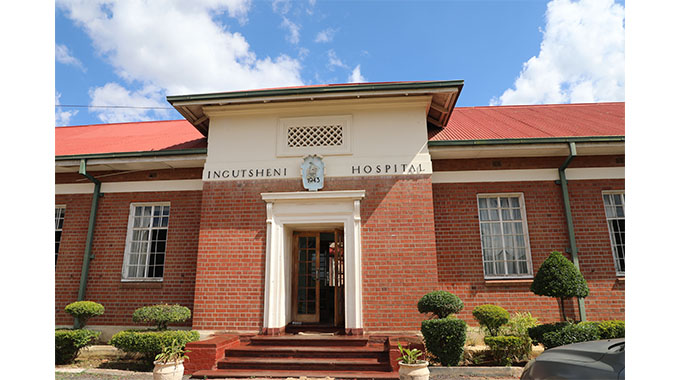Mat North records increase multi-drug resistant TB cases
As of September 2011, Government had recorded 76 confirmed MDR-TB cases countrywide.
According to recorded cases, 27 people with MDR-TB were put on treatment in 2009 and the cases rose to 74 in 2010.
In an interview yesterday, Matabeleland North provincial Epidemiology and Disease Control officer in the Ministry of Health and Child Welfare, Dr Effison Dhodho, said MDR-TB diagnosis was only scaled up last year after Government availed state-of-the-art machines.
MDR-TB is tuberculosis that is resistant at least to isoniazid (INH) and rifampicin (RMP), the two most powerful first-line anti-TB drugs.
MDR-TB develops during treatment of fully sensitive TB when the course of antibiotics is interrupted and the levels of drug in the body are insufficient to kill 100 percent of bacteria.
“We have been noticing with concern that those cases of patients with MDR-TB in the province have a history of going to South Africa while others default the first line of TB treatment,” said Dr Dhodho.
He said some of the MDR-TB cases they recorded include people with multiple TB re-infections.
“Most of the patients that are on treatment are doing well, while those who died from it had not yet got on treatment since there are medical procedures that prolong the process of accessing medication,” said Dr Dhodho.
He said there was a need for TB patients to complete their treatment courses, as it would go a long way in preventing the occurrence of MDR-TB.
“MDR-TB can be prevented by being successfully treated for the drug susceptible TB,” said Dr Dhodho.
Turning to TB, Dr Dhodho said the rate of notifications for the disease was moderate.
“We expect to record an increase between August and December when people living and working in South Africa return home,” said Dr Dhodho.
Despite the progress, TB continues to be a major public health concern that adversely affects people living in poor urban settings.
In Zimbabwe, cases of pulmonary TB have increased, a phenomenon linked to the HIV pandemic, as co-infection is common in patients infected with either of the two.
It is encouraged that anyone who is HIV positive should undergo a TB test while those who test positive to TB should also be tested for HIV.
Available information shows that every second, one person gets TB infection and that means overall, one third of the world’s population is infected with TB bacillus a pathogen that can lie dormant for years.
According to the World Health Organisation’s (WHO) Global Tuberculosis Control Statistical Report of 2009, Zimbabwe had an estimated 71 961 of new TB cases detected in 2007, with an estimated incidence rate of 539 cases per every 100 000 people.
The country was also ranked 17th on the list of highly burdened countries in the world.











Comments